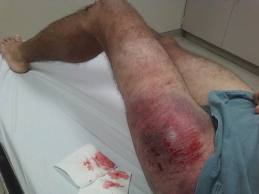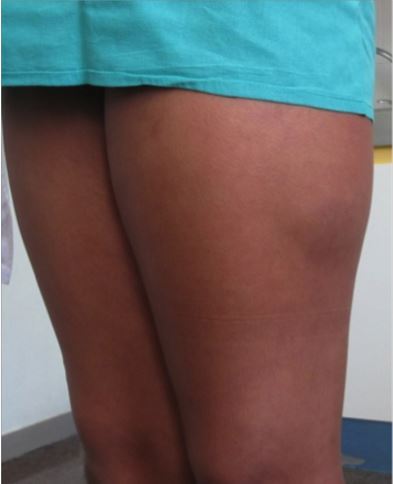There is a presumption that more education and attainment of more advanced skills lead to greater expertise in just about any field. The same argument holds true for prehospital provider training. Training to be an ALS provider (advanced EMT or paramedic) should add extra value in patient care over and above BLS training (emergency medical responder or EMT).
One way to measure that added value is by comparing trauma patient mortality across those levels of training. Paradoxically, many studies have shown either no benefit or an actual increase in mortality. How does this make sense? Some have speculated that the advanced training leads providers to “stay and play” and use the skills that they have learned. Other possibilities include study design issues (low subject numbers) or failure to consider some unknown variables that impact mortality.
A paper published just this month from Hennepin County Medical Center in Minneapolis examined this phenomenon more closely to determine whether this effect is real or whether other factors are involved. They performed a retrospective study of a nationwide database of prehospital ground transports, selecting records that involved only injured patients. Only patients with documented ALS or BLS providers who were transported to Level I or II trauma centers were included. The ratio of ALS to BLS transports was about 15:1, so propensity matching was performed to create equal groups for comparison.
Here are the factoids:
- A total of 1,154 matched pairs were available for study,
- Overall, mortality was significantly lower in the patient group transported by ALS providers
- Mortality was also significantly lower in older patients (age > 50) and those with mechanisms other than falls
- There was no statistical difference in patients with falls or in those with prolonged transport times
The authors concluded that more advanced prehospital training is associated with survival. They recognized that there are many factors in the care process that are not captured in the usual databases that may have an impact on survival.
Bottom line: This study was nicely designed and well-executed. It has the largest subject pool of any of the papers published on this topic. It shows that survival is higher when ALS providers transport the patient. But keep in mind that it does not show causality. We don’t know exactly why this is true. It could certainly be the advanced education, but there is still the possibility of other variables that we either haven’t thought of or are not captured in the available databases. But until we know better, we should encourage all EMS providers to up their game, and skill level!
Reference: Emergency medical services level of training is associated with mortality in trauma patients: A combined prehospital and in-hospital database analysis. Journal of Trauma and Acute Care Surgery ():10.1097/TA.0000000000004540, January 9, 2025.



